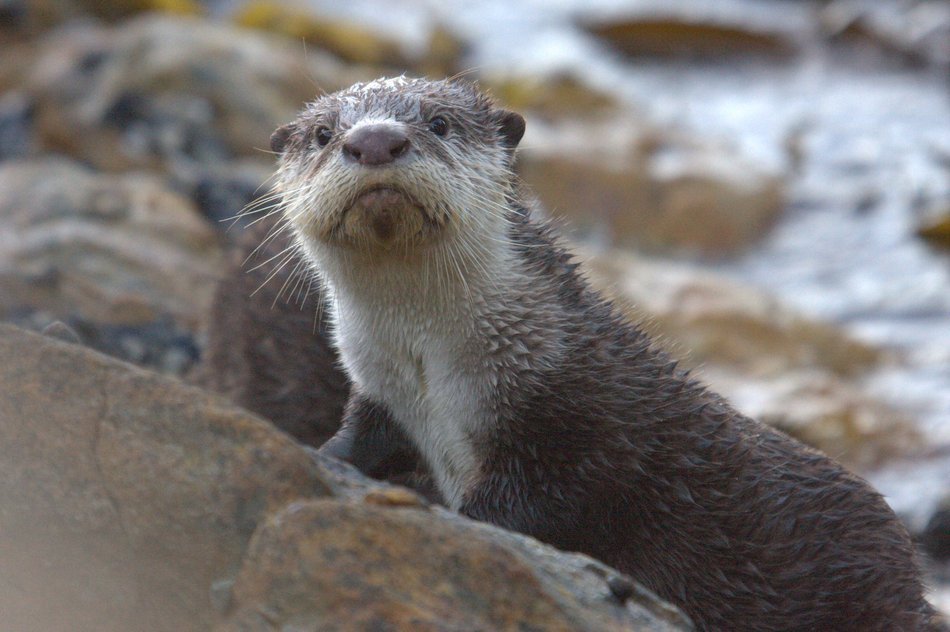African Clawless Otter (Aonyx capensis)

©Tony Goy
QUICK GUIDE
SIZE - 1.1 - 1.6 metres
WEIGHT - Up to 22 Kg
DIET - Mainly crab; more fish in winter
GESTATION - Unknown
HABITAT - Rivers, lakes, estuaries, mangroves, forests, savannah - even found in deserts and the sea
OFFSPRING - Up to 3, born in Spring
THREAT TO SPECIES - Increasing human population, farming and overgrazing.
CONSERVATION STATUS - Near Threatened
The African Clawless Otter (Aonyx capensis) is found in many areas of the African continent, from South Africa, north along the east coast through Mozambique and Tanzania, up to Ethiopia, and over to the western countries such as Ghana and The Gambia. It is however absent from the central rainforest areas of the continent. Their habitat preferences are extremely varied with recordings of otters being made in deserts, seas, rivers, lakes, estuaries, forests and mangroves!
©Tony Goy Photography
Similar in appearance to the Congo Clawless Otter, which will be featured later in the series, the African Clawless Otter can grow up to 1.6m long, and around 22kg in weight. They are born with small claws initially; however the majority of these are lost as the cubs develop, with only the claws of the 3 middle toes on the hind feet being retained. Another characteristic of the African Clawless Otter is the webbing, or lack of it, on their paws. Having no webbing on their paws allows them to move their “fingers” more freely than most other species, giving them dexterity in hunting that other otters lack. The African Clawless Otter captures its prey (mainly crabs with more fish in winter) with its paws, and hunts using a combination of sight in clearer waters, and also by utilising their long vibrissae (whiskers) to be much more effective in murkier waters.
© Nicci Wright
If you are going to have an encounter with one of these otters, it is most likely to happen in the late afternoon/early evening, as this is when they are generally most active. The African Clawless Otter is usually seen alone, or in a pair, although there have been recordings of occasions in which family groups of up to 5 have been seen. As with many other otters, this species has set grooming areas and sprainting points in their inhabited zones. New African Clawless Otter young are usually born in the spring (roughly September to November), with up to 3 cubs being the usual litter size. These energetic offspring are frequently recorded going through rituals of fighting and romping.
© Rowan Jordaan
Although spread out over the sub-Saharan countries of the vast continent that is Africa, this otter species is listed as Near Threatened on the IUCN Red List. Increased human population, and the interferences that come with this such as fishing, farming and over grazing, are the real concerns for this animal. In 2015, the IOSF ran a workshop in Tanzania in order to help raise awareness of the decline in otter numbers, and to help with education for conservation in the areas. This was the first Pan-African event of its kind, with participants from Benin, The Gambia, Ghana, Democratic Rep. of Congo, Ethiopia, Kenya, Malawi, Rwanda, South Africa and of course, Tanzania!




